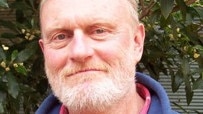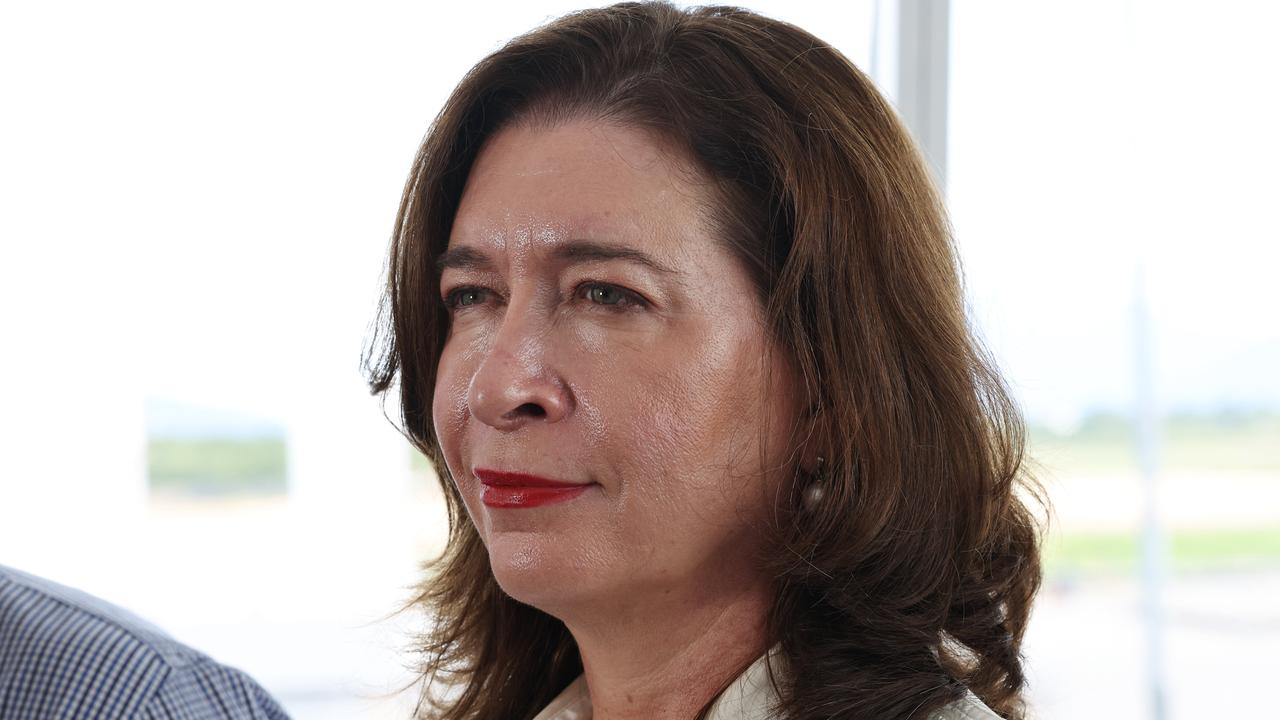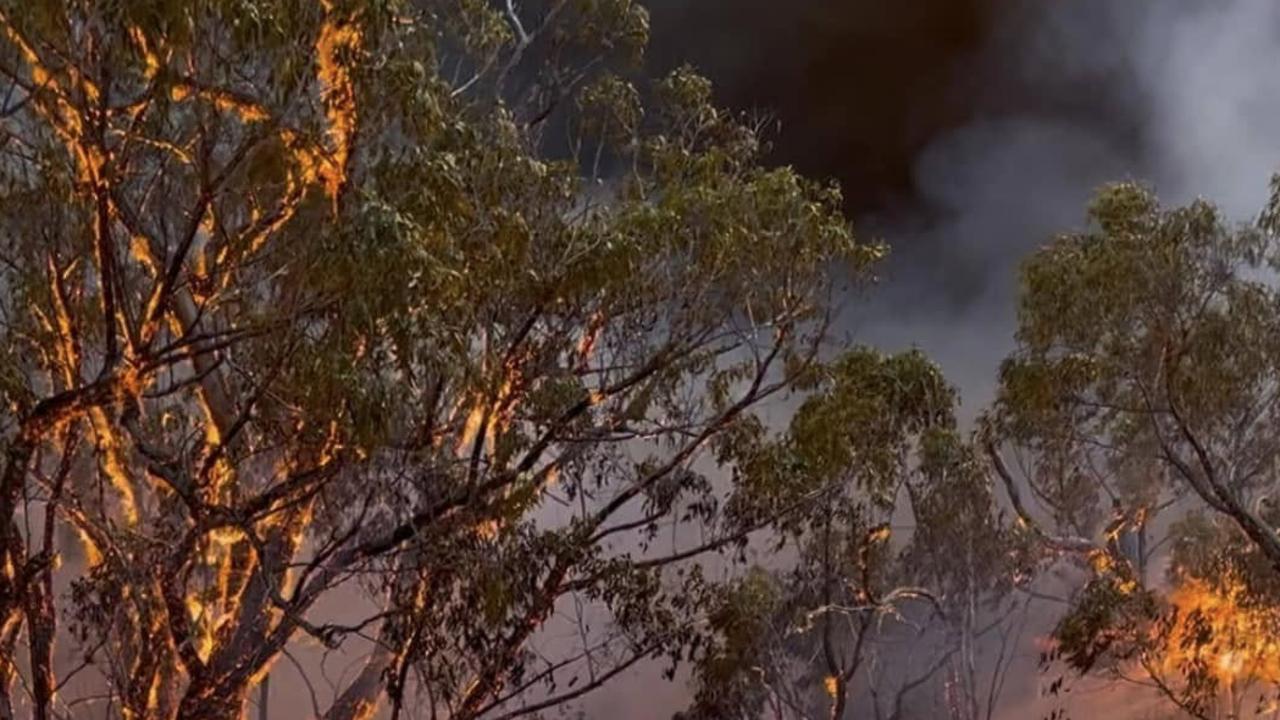Homes’ survival chances up 25pc if owner stays and fights: experts
Homes are up to 25 per cent more likely to be saved if an owner stays to fight the flames, research has found.

Research led by an expert consultant to the royal commission into the Black Saturday bushfire disaster has found that homes are up to 25 per cent more likely to be saved if an owner stays to fight the flames.
The conclusions by professor Ross Bradstock and research fellow Owen Price will reignite the “stay or go” debate, as the crisis gripping the eastern seaboard escalates in Queensland, where residents of a subdivision on the Sunshine Coast were evacuated for the second time in five days, one of four communities to be cleared on Wednesday.
Amid the drama, a helicopter engaged in waterbombing crashed at Pechey on the Darling Downs, west of Brisbane, injuring the pilot. The bright yellow machine came to grief in a blustery weather change that ramped up the threat level across the thickly populated southeast corner, pitching on to its side when forced into an emergency landing.
Amazingly, the pilot walked away with a head gash; residents of Pechey had earlier been advised to leave because of the severity of the bushfire danger.
Weary fire crews were hard-pressed to cover dozens of blazes that flared in the heat and strong winds, flowing on from the searing conditions in NSW on Tuesday. The uncontained Cobraball fire near Yeppoon on the Queensland central coast continued to menace homes and rural properties: it has accounted for 13 of the 14 houses lost in the state since late last week.
Professor Bradstock’s team from the University of Wollongong’s Centre for Environmental Risk Management of Bushfires reviewed data and interviewed people caught up in the 2013 Blue Mountains disaster, west of Sydney, to understand why their homes were destroyed or spared.
More than 200 homes went up when fierce blazes ripped through the communities of Springwood, Winmalee and Yellow Rock six years ago.
The researchers found that dwellings with a separation of at least 40m from forest or bushland were most likely to be saved, reinforcing the findings of the Black Saturday inquiry as well as studies overseas.
But the next most important factor was the presence of one or more residents, the as-yet-unpublished study revealed. If someone stayed to defend the property with support from trained firefighters, the probability of destruction dropped by up to 25 per cent against doing nothing.
“We have pretty strong evidence that property defence by the agencies and also the owners who are properly prepared makes a big difference,” Professor Bradstock said.
“So stay and defend still has validity, but how the authorities nuance that message is a challenge.”
Since the Black Saturday carnage in Victoria on February 7, 2009, in which 173 people were killed and more than 2000 homes were razed, fire authorities have accepted that a catastrophic rating of 100 or more on the Forest Fire Danger Index would overwhelm efforts by even the best-prepared householder to defend a property.
Increasingly this spring, the Rural Fire Service in NSW and the Queensland Fire and Emergency Services have urged people to leave in the face of severe or emergency-level blazes.
As detailed in Inquirer on page 11, parts of the country are burning that have never before been impacted by severe bushfire, including iconic rainforests.
Since the razing in September of the Binna Burra Lodge on the Gold Coast hinterland, backing on to a World Heritage-listed reserve of virgin Gondwana rainforest, other important wet subtropical forests have burned at Terania Creek in the famed Nightcap National Park near Lismore, northeast NSW, while parts of the region’s usually luxuriant Clarence Valley have been blackened.
The towering moss-lined Antarctic beech forests at Wauchope, inland of Port Macquarie, remain under threat. Rainforest expert and fire ecologist David Bowman, of the University of Tasmania, said: “To think that those iconic rainforests are burning is very discombobulating.”
Professor Bradstock, who sat on the expert panel for land management at the Black Saturday inquiry, said the fire danger index was in the process of being overhauled under a national initiative headed by the NSWRFS.
Currently, it covers only temperature, humidity, wind speed and an approximation of drought-related dryness to gauge the level of bushfire threat.
“With great fairness to the inventors, it’s a very antiquated system and we can do much better now,” he told The Australian.
Fanned by the swirling winds, flames from the Cooroibah outbreak on the Sunshine Coast advanced on properties at Noosa North Shore, forcing the precinct’s evacuation for the second time since the weekend. The situation was described by firefighters as “very dangerous” before residents were urged to flee. People at Kilkivan, west of Gympie, and Woodgate near Bundaberg were also told to leave their homes.
The Insurance Council of Australia extended a catastrophe declaration in NSW to Yeppoon and the Sunshine Coast after putting the cost of bushfire-related claims at $50m to date, with the figure expected to grow.
Conditions are forecast to ease on Thursday in Queensland, before building up again at the weekend. Authorities in NSW warned that strengthening winds meant properties were still at risk there.



